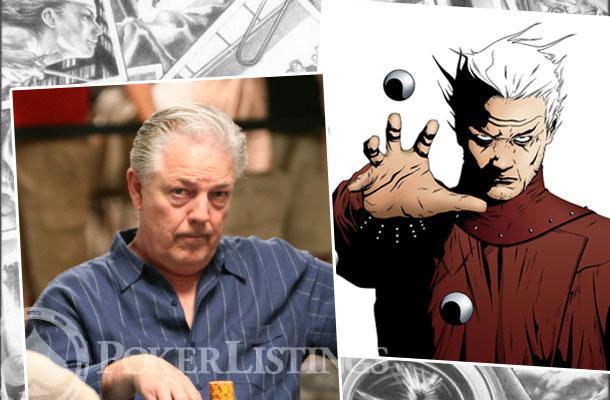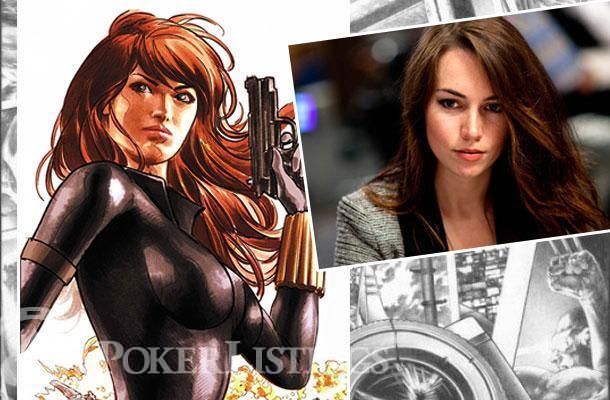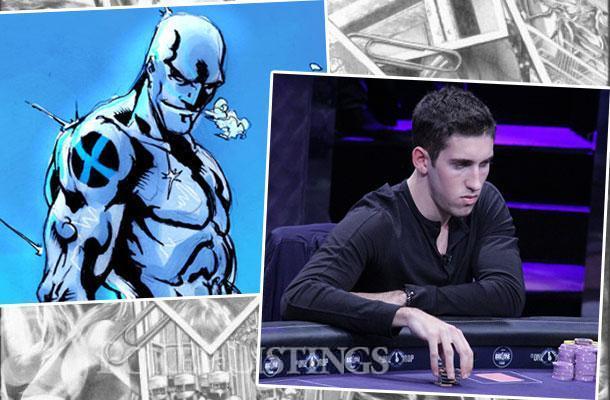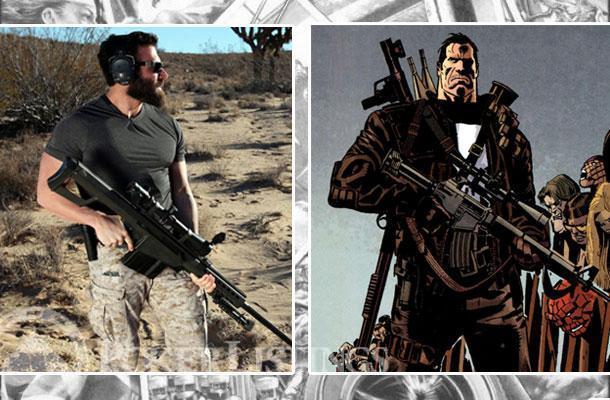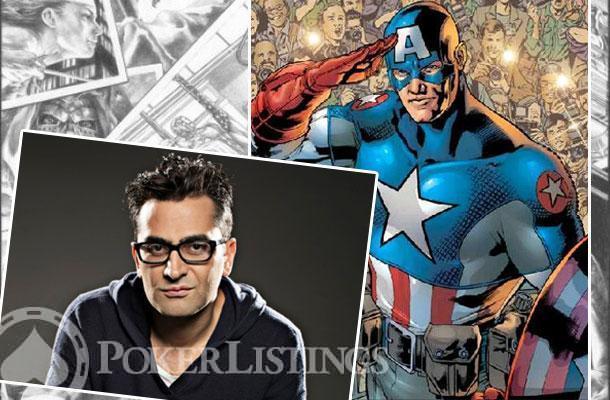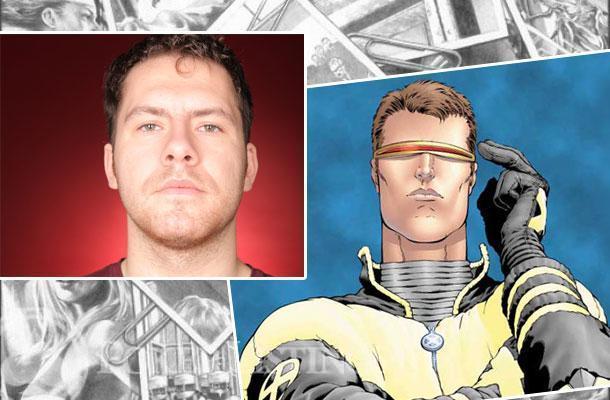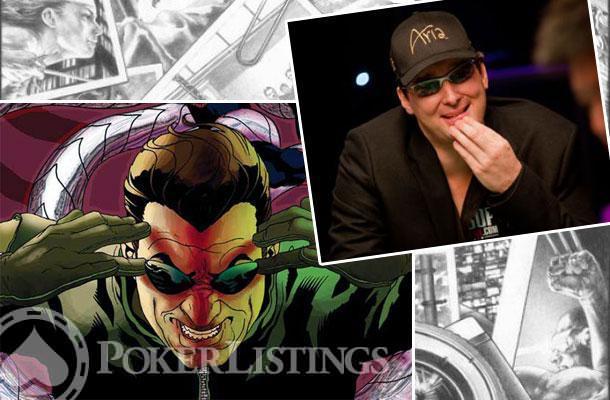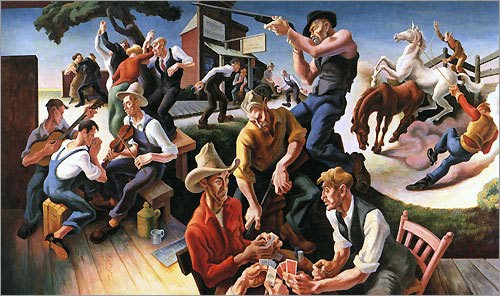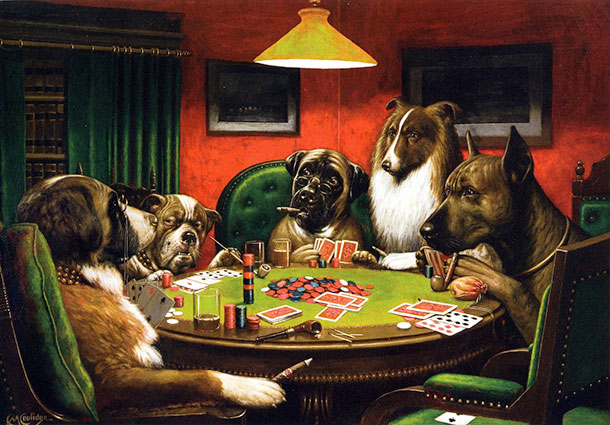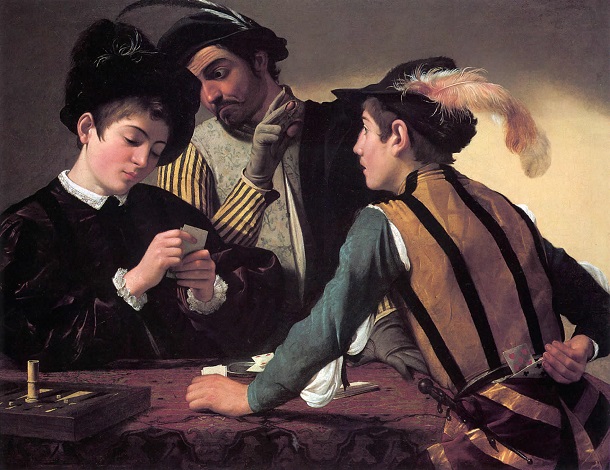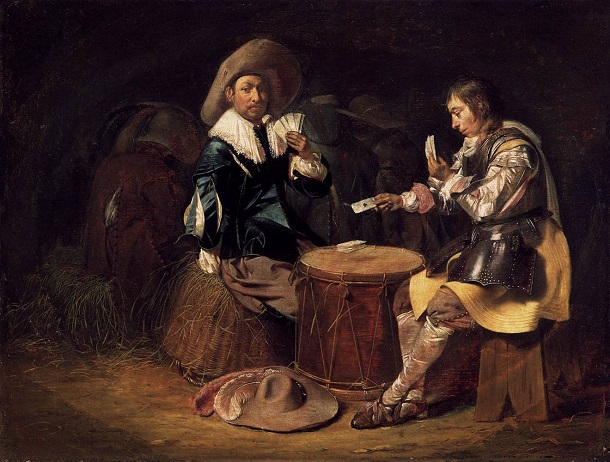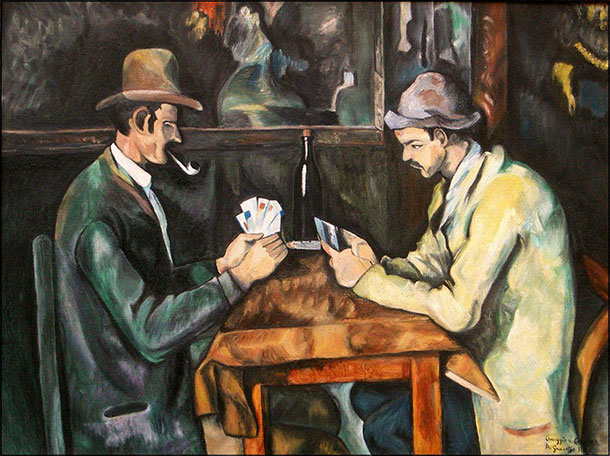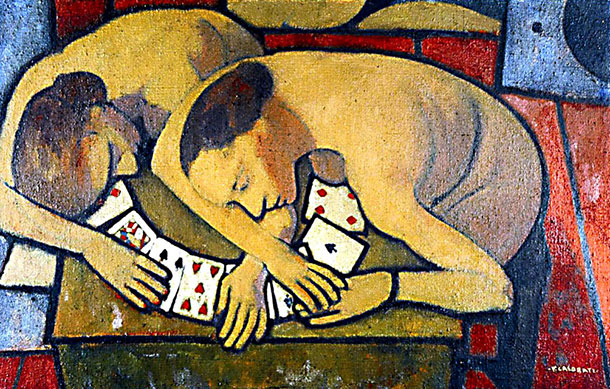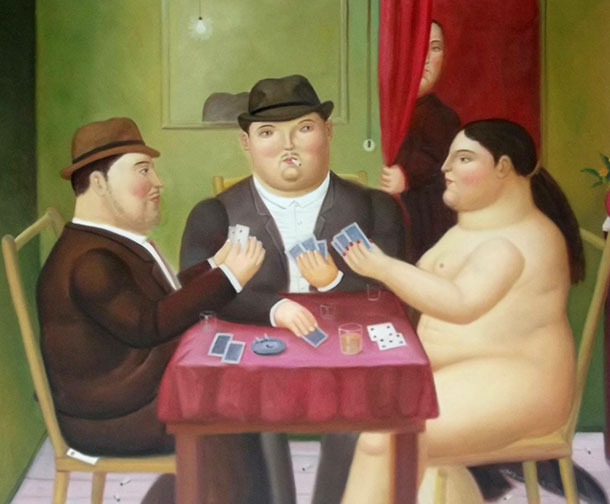
It's finally here! The conclusion of Matt Stout's WSOPC Tunica final table run.
At the end of my last blog I asked readers to guess what the most ridiculous hand David Dao could be holding after he limp-called 42k more at 8/16k and check-shoved my 80k bet to 520k+ on a 2♥ 5♥ 7♣ flop …
After I snap-called with the A♥ Q♥, David showed me the six and the two of diamonds. The 6♦ 2♦. THE 6♦ 2♦. THE &%#$ING 6♦ 2♦!!!
Naturally, the poker gods couldn't let a hand played that well lose! The 3♠ and 5♣ filled out the board and David doubled up to nearly 1.2 million, knocking me down to just over half a million.
This was misreported by most sites, which claimed the pot was much smaller and left me with significantly more chips.
Shortly after that, Kai crippled L.B. with K♥ Q♥ against his Q♦ 10♦ on a 5♠ Q♣ 9♦ board.
Kai and I both called his 120k shove two hands later, with Kai's 5♥ 6♥ beating my K♣ Q♠ and L.B.'s A♣ 7♠ on a final board of 8♠ J♦ 6♣ 10♣ 10♠. L.B. finished in fourth place, and the three-handed match was on.
Fortunately, David immediately went back to spewing chips left and right. Kai and I obliged him for a while, slowly accumulating the chips that David was doing his best to donate back to us.
In less than a half hour and without a showdown, I had re-crossed the million chip mark.
It came after the only big pot I'd played against Kai up to this point in the short-handed battle, which was three-bet jamming 10♠ 10♣ against Kai's check-raise on 3♣ 8♥ 9♣ flop. He told me after the tournament that he had 7-7 on this hand.
It seemed like we would be able to keep chopping David down and eventually go heads up, which would have been fun because I liked Kai.
In fact, one of the reporting sites even posted about the following exchange between Kai and me during the three-handed match...
Me: "Hey Kai, how does it feel going from being all-in with K-3o to having a mil and a half?"
Kai: ::smirks:: "Not bad, not bad..."
Me: "Yea, I bet it doesn't suck, bro..."
Everyone seemed surprised that we were still laughing and joking with almost $200k on the line.
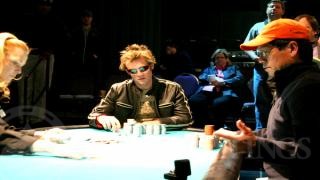
I think it just gets even more fun when all the money is on the table. We were all guaranteed nearly $74k, and Kai and I seemed to be cruising to a friendly heads-up match with much drinking and merriment ...
Then Kai blew it...
Three-handed with the blinds at 10/20k (3k), Kai (1.2 million) limped on the button. David (830k) raised to 110k from the small blind. I folded, and Kai called. The flop came 10♦ 9♠ 2♦, and David quickly moved in for about 720k.
Now, David Dao wasa total psycho. But you have to understand what kind of psycho he is, because they vary by case (as any psychiatrist will tell you).
He will bluff with air in this spot, and he's shown a tendency to over-value his hands vastly in these situations ... but not to run huge post-flop bluffs with little in the pot.
Eventually, Kai made the call and showed 4♥ 4♣. He said "You have A-K, right?" I could only shake my head from the sidelines (literally ... it was the last hand before break and I was half-way out the door to run to the car!) while David showed both of us the bad news ... K♣ 10♣.
The turn and river bricked out, and David now had about 1.7 million. That left Kai with about 400k and me with slightly over a million.
We came back with blinds at 12/24k (3k), and it didn't take long before I had to try to bust the shortstacked Kai and gets heads-up with my buddy David.
Kai jammed 360k on the button and I called with K♥ Q♥ from the big blind. He showed the K♠ 9♣.
The board ran out A♦ J♣ 8♣ 2♣ K♣ and Kai doubled through me with his backdoor flush. This left Kai and I with almost equal stacks of around 700k, and David with about 1.6 million.

Just two hands later, Kai (710k) limped in for 24k on the button. I (700k) raised 70k on top from the big blind with A♥ Q♦. He moved all in and I called pretty quickly, since it was my plan from the start of the hand.
Some players seem to think that I should have folded this hand, solely because of the skill and experience edge on my two remaining opponents.
They believe that I should focus on playing small-ball against these guys and keeping pots as small as possible until I'm almost sure to have the best hand.
It's an idea that has merit, but I still think I made the right play. They, however, think I could never have been ahead, whereas I believe Kai shoves some dominated Aces and possibly K-Q and K-J here.
There's a very slight tilt factor here as well, not to the point that I'd donk my chips off, but it did make me want to gamble and get the chips back quickly to a degree.
I looked at Kai as they were about to deal the flop, and said, "Well, I think I at least deserve this one. You agree, Kai?"
To my surprise, he looked me dead in the eye and said, "Yea, you really do."
Too bad the players involved agreeing on who deserves to win the pot has absolutely no bearing on the actual outcome of the hand. I whiffed the board about as hard as I could have. In fact, he even rivered a set to put the final nail in my coffin.
Third place, $73,590. Game over. I shook both players' hands, wished them luck, and whispered to Kai that he better beat David ... and told him I wanted his number so I could berate him if he didn't. =)
The first thing Kai did after winning the heads-up match was call me and say "Matt...it should have been you, bro."
I've received a decent amount of ribbing since this final table, most of it good-natured, but it's still a little brutal at times. There were actually poker sites writing about how they had anointed me the winner of the tournament the night before the final!

The expectations of the media and my fans/friends seemed to be that I would take first, and first only.
To be honest, I even told myself the night before the final table that it would be hard to swallow, let alone be happy with, anything less than a first place finish considering my massive chip lead and the relative inexperience of the final table.
However, I've come a long way over these few years of playing tournament poker for a living and I've learned that there is one very powerful phrase that helps to guide me through some of the rough spots in my career (which I've forgot the author of, and stole from my friend Shane "Shanaic" Schleger's blog...)
"The game is the game. I am at peace with my play."
There's a lot of variance in tournament poker, and the fall of a single card will sometimes determine whether you're up six figures or in the hole at the end of the year.
It's sick, but true. All you can do is use everything you've learned through the years and about a particular player and make the best decision you can every time you act at the table.
I honestly feel that I played this final table about as well as I could have.
I could have made some small adjustments in strategy or changed the way I played a couple of hands, but I don't think there was anything reasonable that I could have done to give me a significantly better chance at a higher finish.
I can't beat luck, and my opponents had brought large jars of rungoodsauce on this day. Both were all in for their tournament life repeatedly with the worst of it.
I never got all my money in as a dog until the final hand of this tournament, and even then it was a flip. Every time I had a shorter stack all in at the final table, I had the best hand to go with it.
So to put it all in perspective, I think I played well at the final table and did everything I could to put myself in position to take the whole thing down. In the end, I'm very happy with my finish ... and the game is the game, I'm at peace with my play.
--Matt Stout
"All In At 420"
Visit www.pokerlistings.com


























































































































































